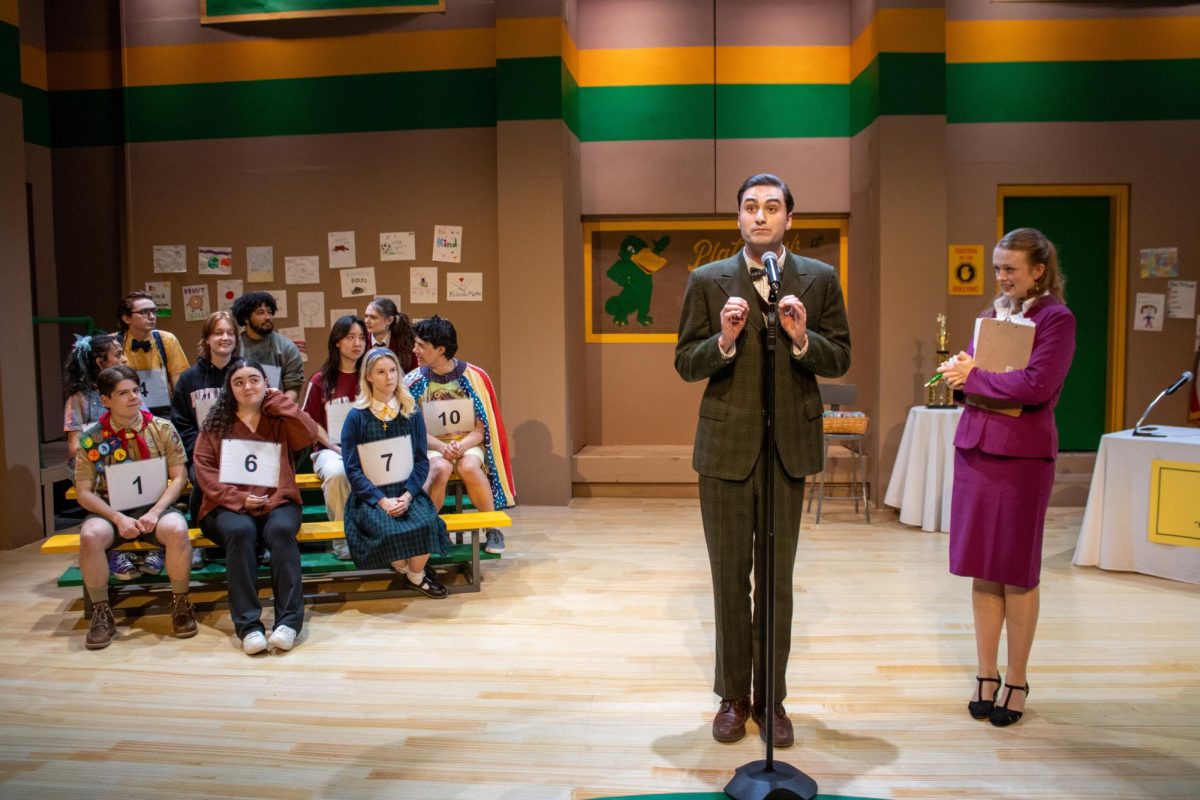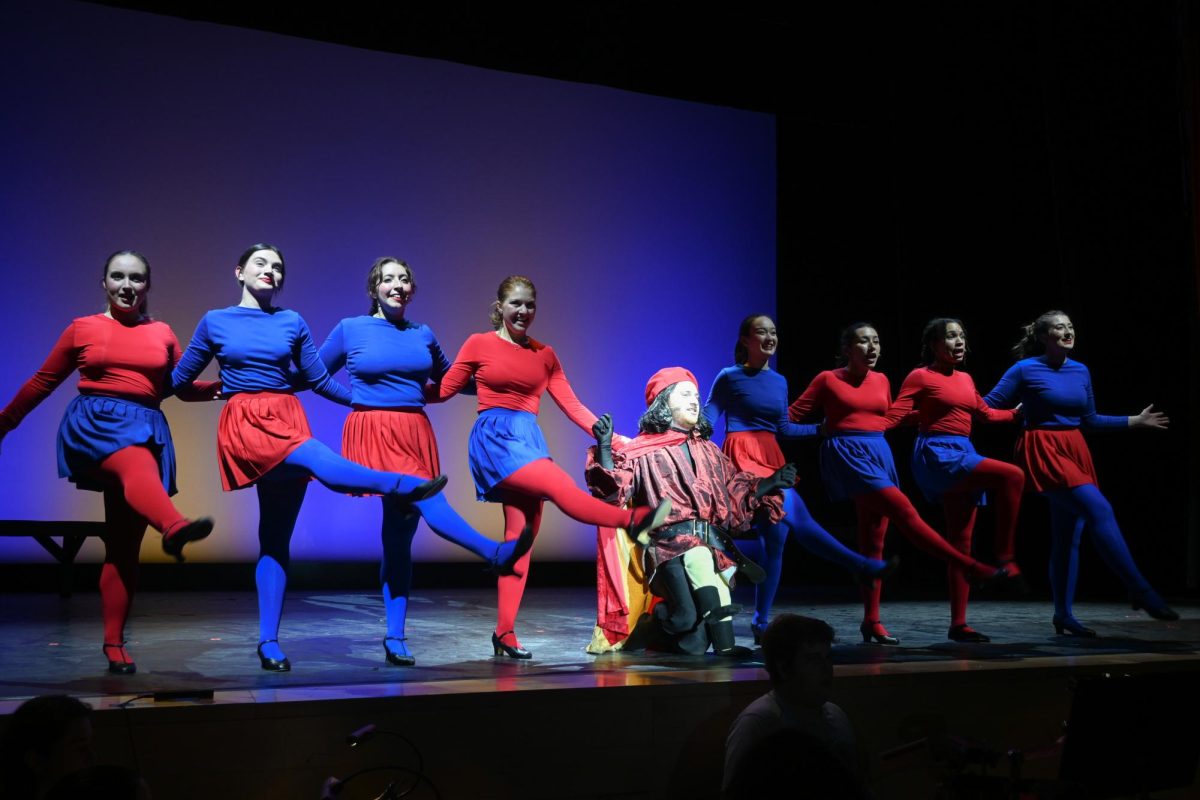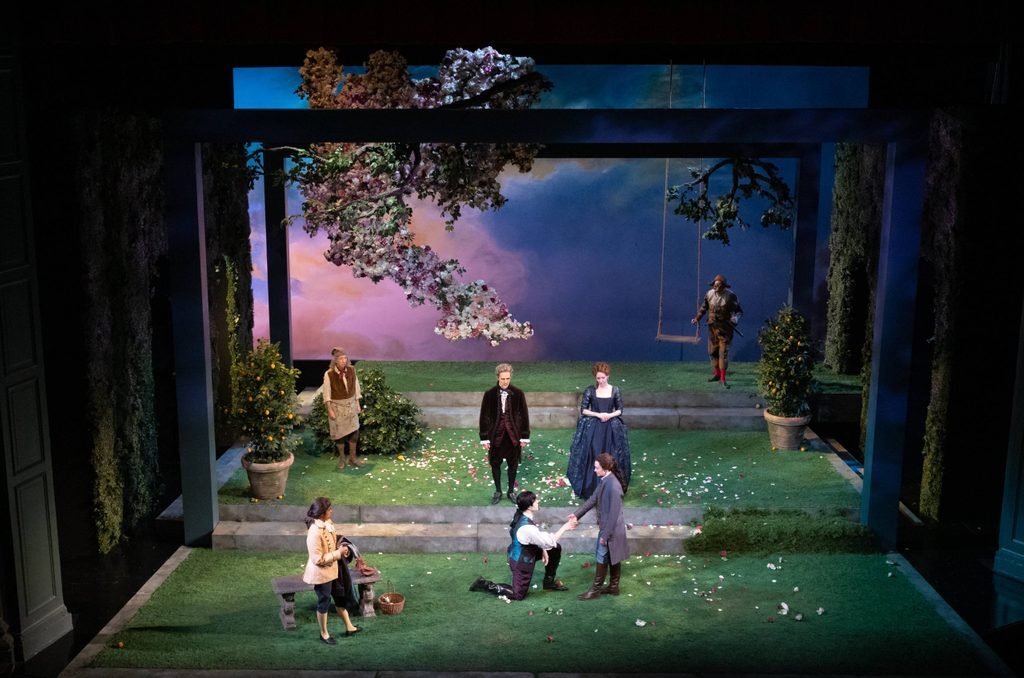Nine years after “Inside Out” was released, its sequel has become another summer box office sensation. Nineteen days after its release, the film surpassed $1 billion at the box office, making it the first animated movie ever to reach the milestone so quickly. From the familiar intro jingle to the blend of returning and new characters, the transition from the first film to the second has been almost flawless.
As expected in the development of a children’s character, the movie delves into the early teenage years of Riley Andersen. Many of the movie theatres screening “Inside Out 2” did not have a child in sight, but young adults who grew up watching the original movie who had come back to enjoy Riley and her emotions’ new adventures.
The introduction of new emotions — Anxiety (Maya Hawke), Envy (Ayo Edebiri), Embarrassment (Paul Walter Hauser) and Ennui (Adèle Exarchopoulos) — helped advance Riley’s story as she navigates her teenage years. However, these new characters raised questions about the implications of these emotions during teenagehood: Are these emotions unique to the teenage years? Are they subsets of broader emotions like joy, anger and sadness that become more pronounced over time? What significance is there in emotions experiencing other emotions? For instance, what does it mean when Joy (Amy Poehler) feels sadness or when Sadness (Phyllis Smith) feels joy? These questions created a sense of wonder and a cliffhanger that perhaps doesn’t need to be resolved.
Compared to the original movie, “Inside Out 2” focuses more on Riley as a person rather than the emotions inside her head — viewers got more of Riley in the sequel as opposed to her emotions, which had more of a prime role in the original movie. In some ways, the sequel was even better at showing Riley’s emotions coming out in real life.
Perhaps the most memorable part of the movie was Joy’s line when the original emotions have been taken away from Headquarters, “Maybe this is what happens when you grow up. You feel less joy.” Is true joy something you only feel as a child? While a 13-year-old Riley can certainly feel joy, one might wonder if true joy is still possible as we grow older.
“Inside Out 2” aimed to convey the experiences of people with anxiety by showing Anxiety taking over Riley’s entire mind. While it is a Disney movie that ends on a happy note, it is important to remember that it often gets harder to manage anxiety as people get older.
As with any movie, “Inside Out 2” is not perfect. While adding Anxiety was a much-needed enhancement for the sequel, the other new emotions had a lot of potential that was not fully realized. Edebiri was a great casting choice for Envy, a character that could have significantly contributed to the film. However, aside from a few lines about Riley’s envy of the popular hockey girl Val Ortiz, the rest of Envy’s lines felt like filler and did not enhance her character.
Ennui and Embarrassment seemed unnecessary and didn’t add much to the overall story either. While these emotions were very low energy, more could have been done when it came to these characters expressing their emotions with words. The film focused on these new emotions at the expense of the original ones, and yet didn’t focus on the new ones enough all the same. Although the original emotions played a significant role, they were banished from Headquarters by Anxiety, leaving the new emotions in charge. This approach flipped the concept of “Inside Out 2” and the idea of a sequel on its head. While the film built on the established story, the intention was to replace the old with the new.
Overall, the screenplay for the film was highly creative. The characteristics of the emotions were very well done, besides the lack of lines for some of the new emotions. It was fascinating to see how different emotions were portrayed at various points in Riley’s life.
The sequel included more adult humor, catering to the now-older audience of the original film. Segments like the “Sar-chasm” and demo day as a metaphor for puberty were things most children watching most likely wouldn’t have understood.
A sar-chasm occurred as a result of Riley’s puberty when her new emotions took over and bottled up old ones. Demo day was the general overhaul Riley’s mind experienced as a result of puberty. Because of this shift, a third installment might not be necessary and could even undermine the entire concept of the “Inside Out” franchise.
As we grow older, life often becomes less fun and enjoyable than it was during childhood. If a third film were made, the writers would face two choices: Create a sadder story or deviate further from reality, and either approach could compromise the integrity of the original film and its sequel. “Inside Out” and “Inside Out 2” together have left viewers with a sense of both a cliffhanger and contentment.























